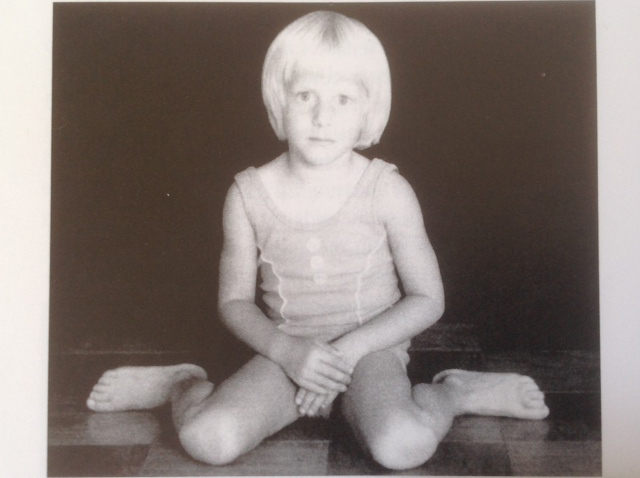W-sitting is a position in which you are sitting on your bottom, with knees bent, legs splayed out to each side, and inside of the foot pressing on the floor, in a “W” configuration.
The tops of the knees are so medially rotated they are facing each other. This position is commonly used by children and is so common that most parents don’t realise it can have a negative impact on their child’s growth and development.
So, why does this happen? Frequently, this happens because children have not had enough tummy, rolling and horizontal play time before walking. Too much time with assisted sitting positions such as in modern baby furniture, car seats and walkers, where the spine doesn’t have to be active can also be a cause of this.
Why it’s not OK to W-Sit
What are the ramifications and what are their effects?
1. It distorts the relationship between the hip, knee and ankle joints which can, in the long term, put wear and tear on joints.
2. This balancing of the body from the tip of the feet rather than the tip of the spine leads to poor development of complex motor skills and cross lateral movement.
In short, in the growing years this position puts undue stress on the hip abductors, hamstrings, internal rotators and heel cords, leading to the possibility of orthopaedic problems in the future.
Muscles are distorted and begin to tighten and can lead to permanent shortening of muscle, which can affect coordination, balance, inability to kneel, weight back on feet (which affects a child’s ability to sit still), and development of motor skills.
The “W-sit” widens a child’s base support, resulting in less need for weight shifting, postural control and stability when they’re playing, moving and reaching. The impact is lack of muscle stability and tone in the abdomen.
There is also a lack of cross-body movement essential for crawling, and later walking. This can lead to an odd walking and running gait which makes it difficult to succeed at sport.
Bilateral movements are also critical for brain development, and are needed for reaching more advanced developmental milestones like reading and writing.
How do you prevent W-sitting?
So, can you prevent W-sitting? Yes, you can, here’s some suggestions:
1. Don’t let it begin.
2. If it’s already a habit – intervene now.
3. Ensure ample floor time.
4. Minimise assisted sitting time.
5. Remind your child to change the leg position to a long leg sit, cross leg sit or side leg sit. You may need to support this with muscle lengthening activities. You may need to have them sit against a chair or couch to support their back to begin with.
A baby’s system of infant reflex and motor development is fully designed by nature to get a child upright in gravity and moving well.
We don’t need to help it do that, but we have to stop preventing it. Get your kids outside playing and restrict the hours in front of screens.





